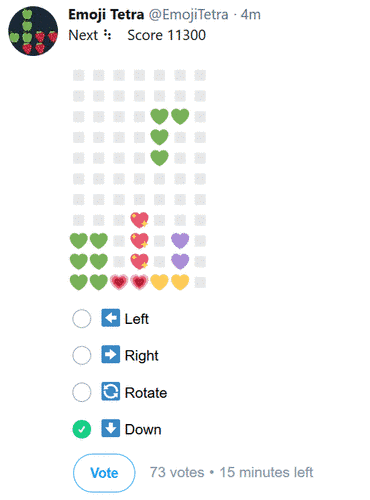Deep Atlantic Storage: Streaming Bits
I'm bored on 4th of July holiday, so I made a wacky webpage: Deep Atlantic Storage. It is described as a free file storage service, where you can upload any file to be stored deep in the Atlantic Ocean, with no size limit and content restriction whatsoever. How does it work, and how can I afford to provide it?
This article is the third of a 3-part series that reveals the secrets behind Deep Atlantic Storage. The first part revealed that the uploaded file is sorted which drastically reduces its storage demand, and introduced the bit sorting algorithm. The second part covered how to process the upload in the browser using Web Workers. Now I'd continue from there, and explain where I store the files and how I offer downloads with reasonable costs.
Storage in the URL
Deep Atlantic Storage sorts the bits in every uploaded file.
After sorting, each file can be represented by two numbers: the number of 0 bits, the number of 1 bits.
Given these two numbers, the sorted file can be reconstructed.
I could make a database or use one of those fancy NoSQL thingy to store those numbers that represent the files, but I prefer my websites stateless so that I don't need to take backups. Therefore, I decided to encode those numbers in the URI.
